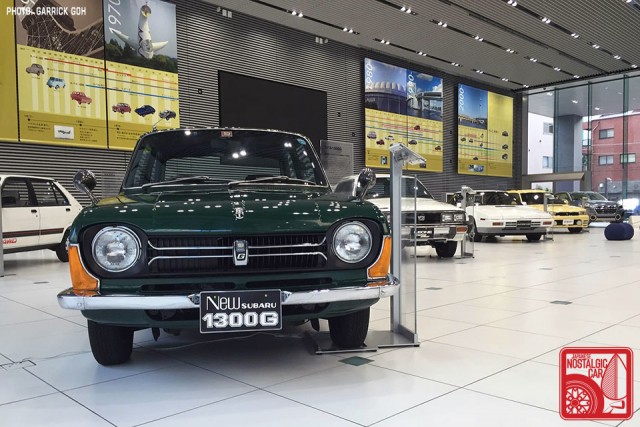
Subaru recently opened an exhibition of its most iconic cars at its headquarters building in Japan. Loosely translated as “The Finest Cars of the Six Stars,” its name is a reference to the six-star constellation makes up the Subaru logo. If you’re in Tokyo, check it out. If you’re not, some friends from Subaru of America, recently there on a business trip, have got you covered.
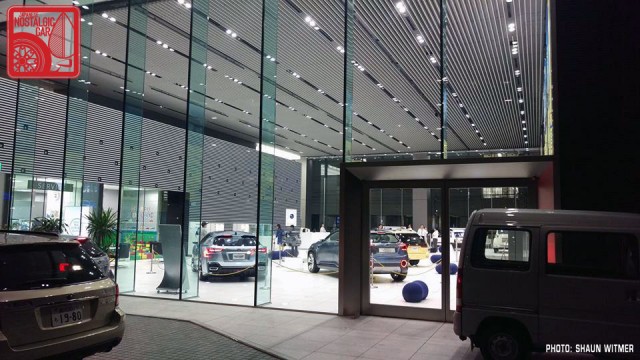
Prior to 2014, Subaru’s headquarters was located in Shinjuku, famously visible from the west exit of the world’s busiest train station. When construction began in 1964, it was to be one of the area’s largest buildings. By 2014, however, it was easily dwarfed by the skyscrapers that had sprung up around it. Subaru itself had outgrown it too (and its puny two-car showroom on the first floor) and shuttered it for good.
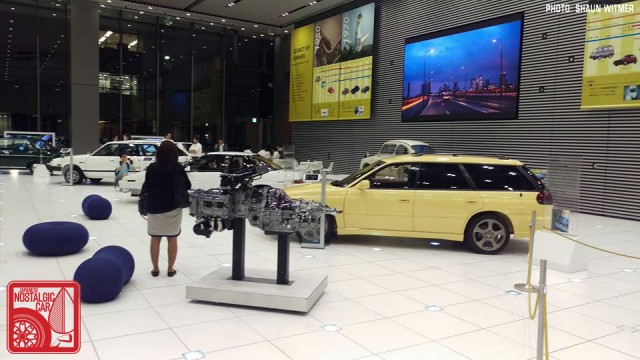
Subaru then moved its new global headquarters to Ebisu, an area of Shibuya built around a beer brewery (the same one that makes Yebisu beer, now part of Sapporo Brewing). While the loss of the iconic Subaru Building in Shinjuku is sad, the new digs were designed with an expansive lobby showroom in mind. Exhibits rotate with different themes, but this one is notable for its wide range of cars from the company’s history.
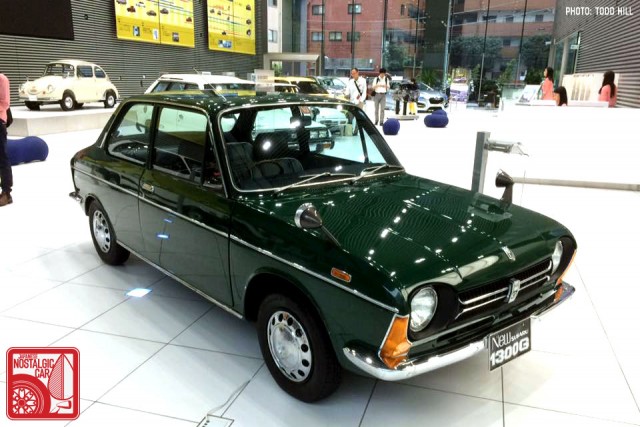
Taking the most prominent spot on the main stage is Subaru’s first car, a 1958 360 Deluxe. Prior to that, the company had been building mostly scooters like the Fuji Rabbit. The 360 became an icon of the Showa Era, widely regarded as the car that gave wheels to the common man (or woman).
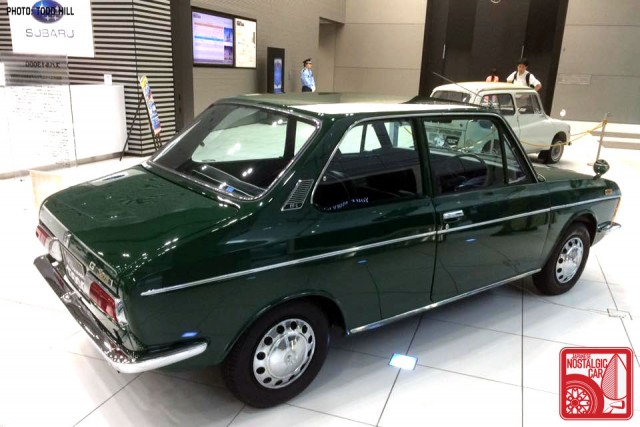
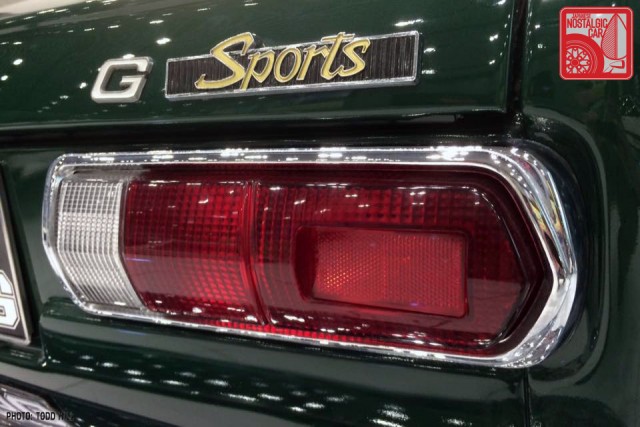
The Subaru ff-1 1300 G Sports is what the company considers its first sports sedan. It also laid the foundation for a key part of what would become a Subaru calling card, the boxer motor. The model launched with a different name, the Subaru 1000, in 1966, the same year the old Subaru building opened for business. Like the name implied, it was a front-engined, front-wheel-drive compact, Subaru’s first. The displayed example is the highest evolution of the model, equipped with a 1.3-liter flat four option that debuted in July, 1970.
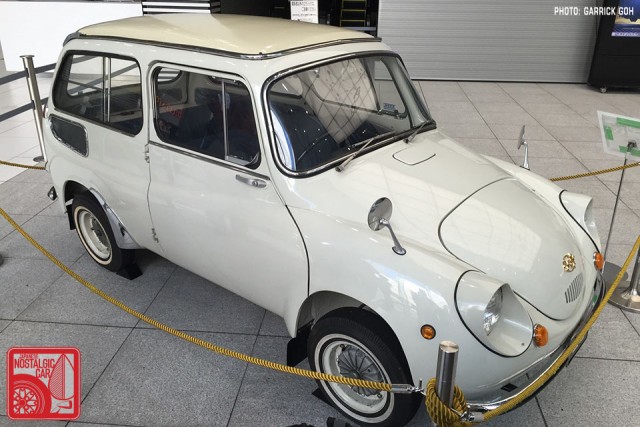
A second 360, a wagon, is the only car in the exhibit to be roped off. Rather than “estate” or “wagon,” Subaru called it the 360 Custom. It was still rear-engined, with the motor located under the cargo area floor and accessible by a rear hatch, and arrived five years after the original 360.
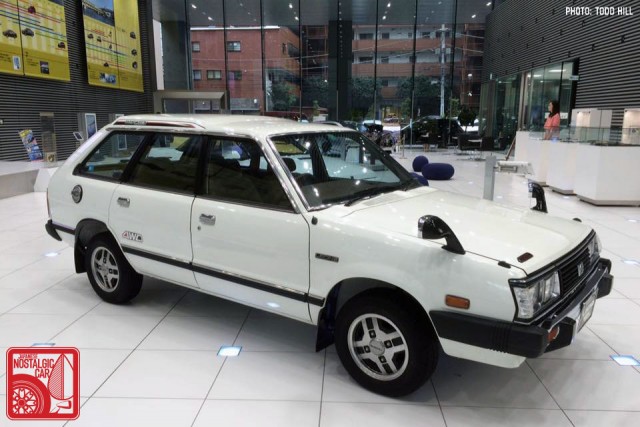


Succeeding the ff-1 was the Subaru Leone, which the US received as the DL or GL, depending on trim level. When it debuted, the idea of adding 4-wheel-drive on anything that wasn’t a truck was still a novel idea. Subaru did, though, and completed the formula that would guarantee the company decades of success with a relatively tiny lineup. The car on display is a second-generation Leone 4WD Touring Wagon, equipped with an 1.8-liter boxer.
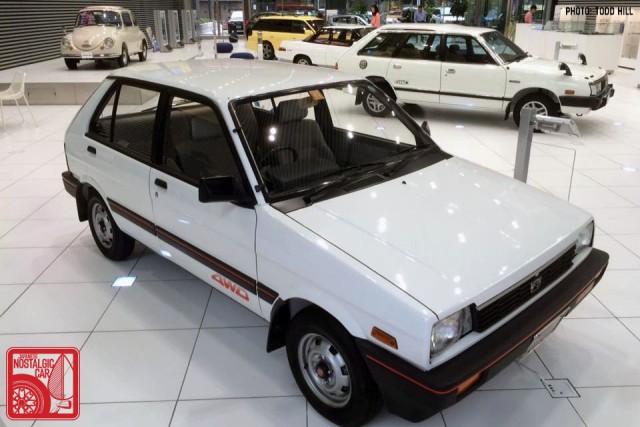
The Subaru Justy took that formula and applied it to a 3-cylinder hatchback in 1984. It was a revolutionary car in many ways, not the least of which was because it was one of the earliest cars to have a CVT option, if you were so inclined. It also had a tiny red button on the shifter that would instantly flick it into 4WD mode. It was an interesting choice for the exhibit but we’re glad it’s there.
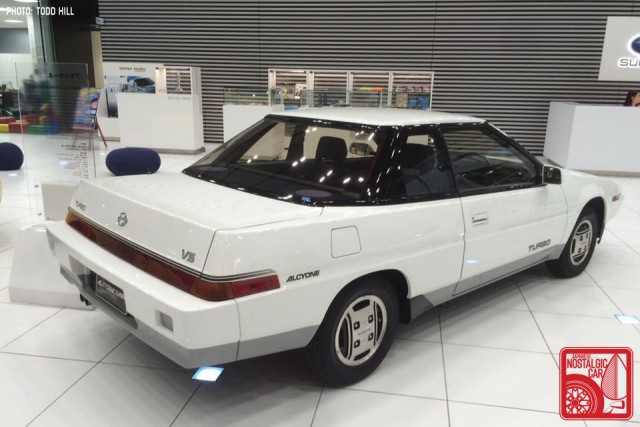
Needing no justification for inclusion is the original Subaru Alcyone. Sold in the US as the XT and succeeded by the SVX, it Fuji Heavy’s foray into the upscale personal coupe segment. Its future-wedge shape was polarizing when new in 1985, but there was nothing like it on the roads (and there and still isn’t). The displayed model is a 1.8-liter VS, but a 2.7-liter flat six was also available (Incidentally, Subaru of America restored a similar car for their collection).
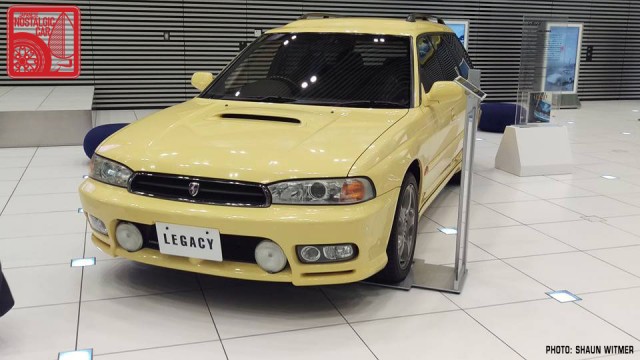
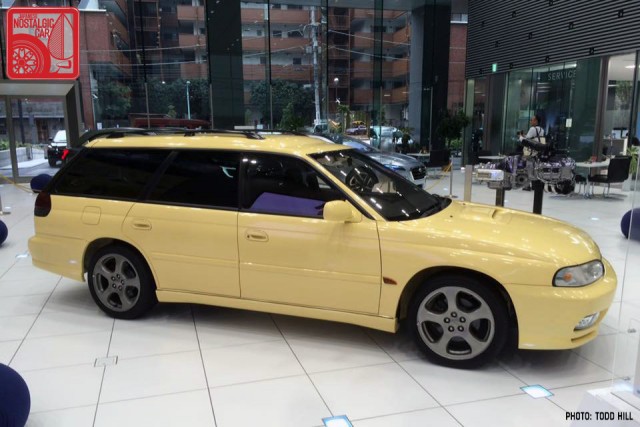
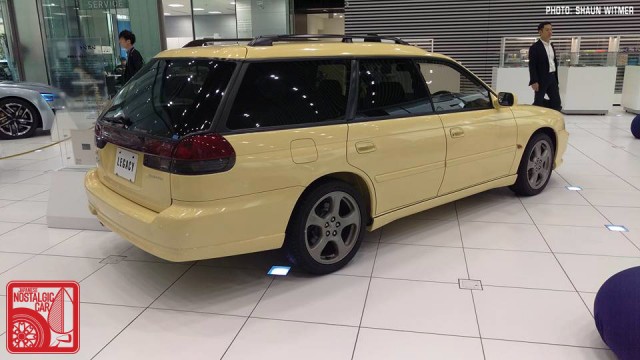
The newest old car on the floor is a second-generation Legacy Touring Wagon GT-B, which, for this wagon nut, is one of the ultimate slices of JDM forbidden fruit from the 280PS era. Equipped with a sport suspension and Bilstein shocks, it was available with a 5-speed manual and the legendary EJ20R rated at — you guessed it — 280PS, the highest output production 2.0-liter in the world at the time. Naturally, it’s finished in its iconic Cashmere Yellow paint.
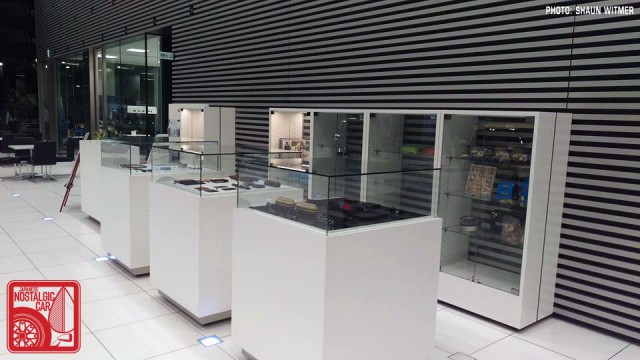
As is the case with most Japanese automaker showrooms, there’s a small gift shop so you can buy a souvenir from your favorite marque. Because there was no room in the old building, the closest place to buy Subaru or STI goods was at the Tachikawa STI shop, which required an hour-long train ride and bus transfer deep in the Tokyo suburbs. For the adventurous, it’s still there, and includes a giant tuning shop as well.
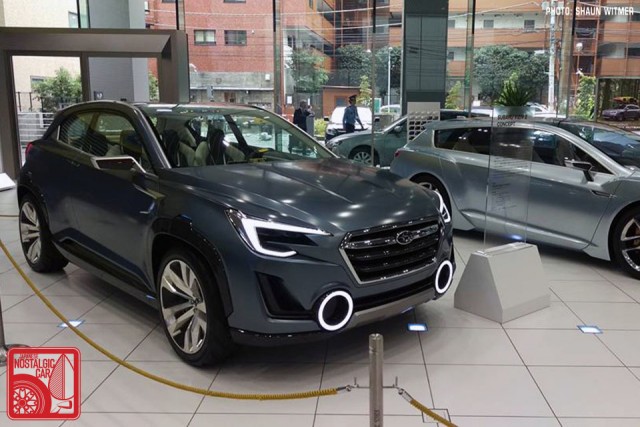
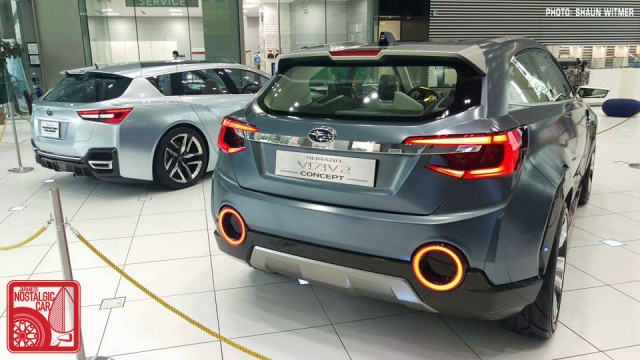
Lastly, it wouldn’t be a manufacturer’s showroom if they didn’t have some concept cars. The Subaru VIZIV 2 was unveiled at the Geneva Auto Salon in 2014, billed as a future crossover, its party trick are scissor doors in the front, and two hidden doors (that are basically the entire rear body panels and glass) that articulate rearward.
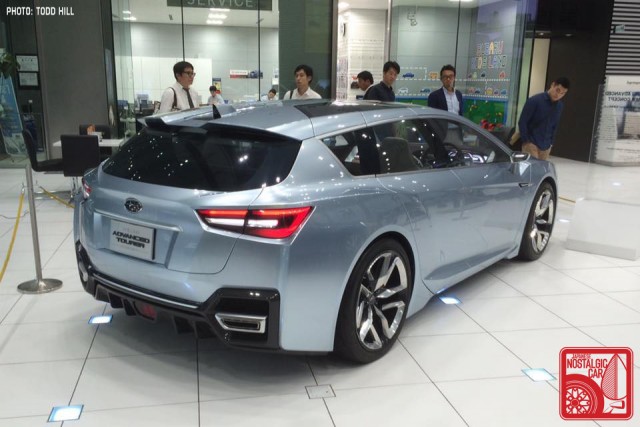
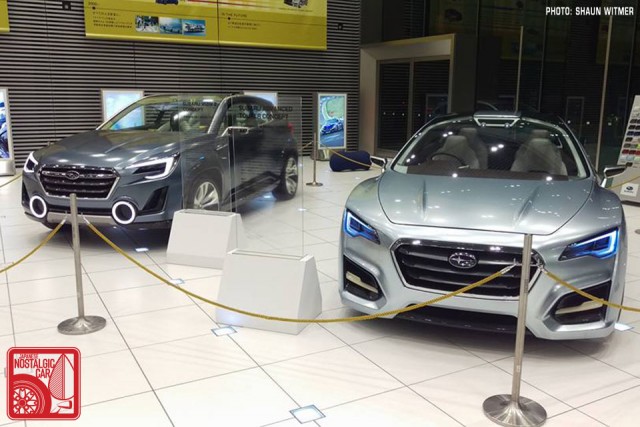
Beside it is the Subaru Advanced Tourer Concept, which debuted at the Tokyo Motor Show in 2011. Its exaggerated proportions previewed the current Subaru WRX STI, which, is sadly not offered in a touring wagon form at all.
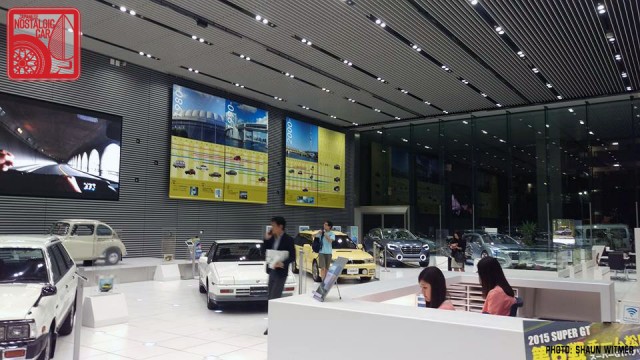
“The Finest Cars of the Six Stars” will continue until October 20. It’s open to the public from 10:00 am to 6:00 pm, and is a three-minute walk from the east exit of Ebisu Station.
Special thanks to Garrick Goh, Shaun Witmer, and Todd Hill.


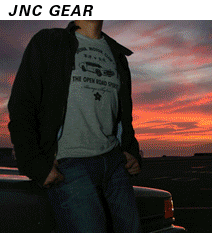
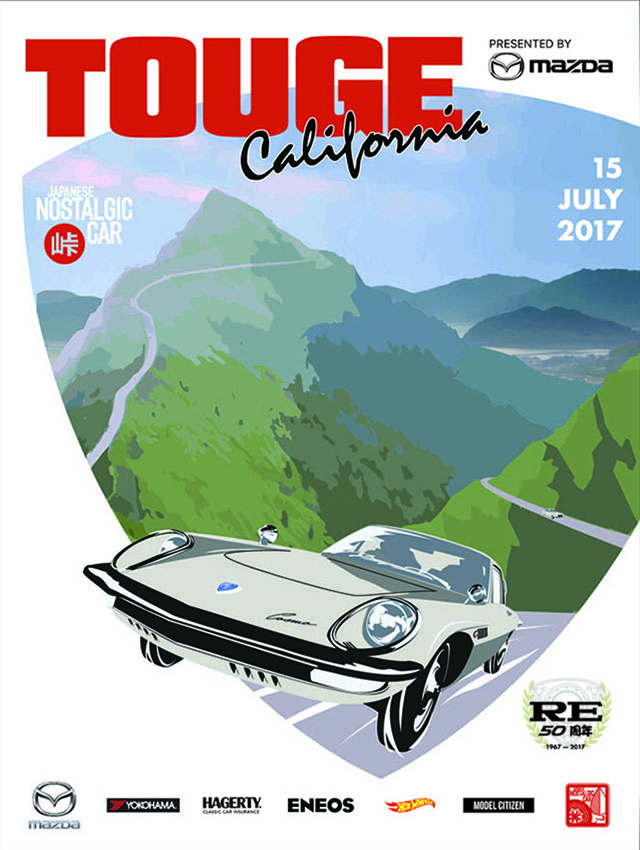
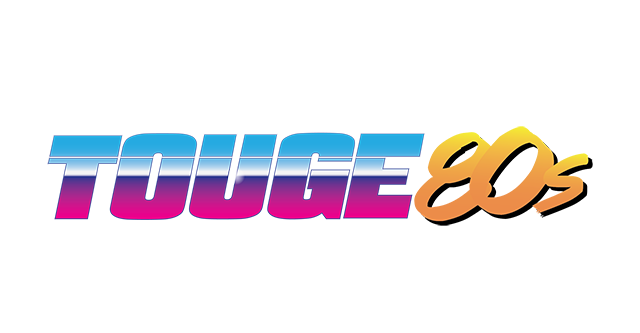
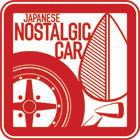
The yellow Legacy is king! I’d love to own such one. Or the 3rd gen, the BH5. It’s also cool.
@ben “…needs no justification…” sadly missed pun if only there was a justy on display
You guys surprise me sometimes, Subaru Vortex as sold in Australia would be one of the ugliest un charismatic cars of the the 80s. They were impossible to sell used. I haven’t spotted one in around 20 years for good reason. Same goes for the later SVX, totally forgettable disasters if you ask anyone here.
If Subaru had access to a time equipped Delorean they’d erase it from their history lol
I’d disagree. The later svx was so futuristic when it came out it got the same attention as the rx7 fd did on release. Still looks great today. We are on agreement on the 1st Gen tho..
The FD is attractive from every angle, the same can’t be said for the SVX. FDs still turn heads. SVX is too out there like aliens from outer space. I see it as Subaru’s Leyland P76, very forgettable.
@ben “Its exaggerated proportions previewed the current Subaru WRX STI, which, is sadly not offered in a touring wagon form at all”
I don’t think so….ask the subaru levorg
Yes, but it’s not really an STI, or even a WRX, is it?
It kinda is a WRX wagon – the levorg has the same DIT 2.0 engine and driveline as the WRX.
The Levorg strikes me as more of a legacy, than an impreza. the thing just feels MASSIVE in person, compared to the current wrx.
I’d also point out that “LEVORG” means “LEgacy reVOlution touRinG”
Hi Ben, wonderful article on an amazing exhibit. I wish I could go and visit myself! One small correction, I believe the yellow on that GT-B Limited BG5 is called Cashmere Yellow, not Blaze Yellow as referred to in the article
Thanks, noted!
Fantastic! Thanks for another great Subaru story! (like there’s a non-great Subaru story?!)..
Another cool place to visit in Japan !! The list continues. Great article guys.
Too bad it will be wrapping while we’re over the Pacific, eh Ben? Still, I’d like to stop in and see whatever exhibit follows this one. Think you’ll have time?
Its about ten minutes from Shibuya, so it’s an easy thing to check regardless…
I had a Subaru Leone GT AT wagon which could go from 0 to 100kph in less than 6 seconds which of course I would test numerous times until I lent it to someone who even though told to be careful of overheating due to the turbo pushed it to its engine death. So sad this was just before the release of the Legacy but many of the features in the GTAT were not in the first Legacy. Does anyone know more about this prototype?